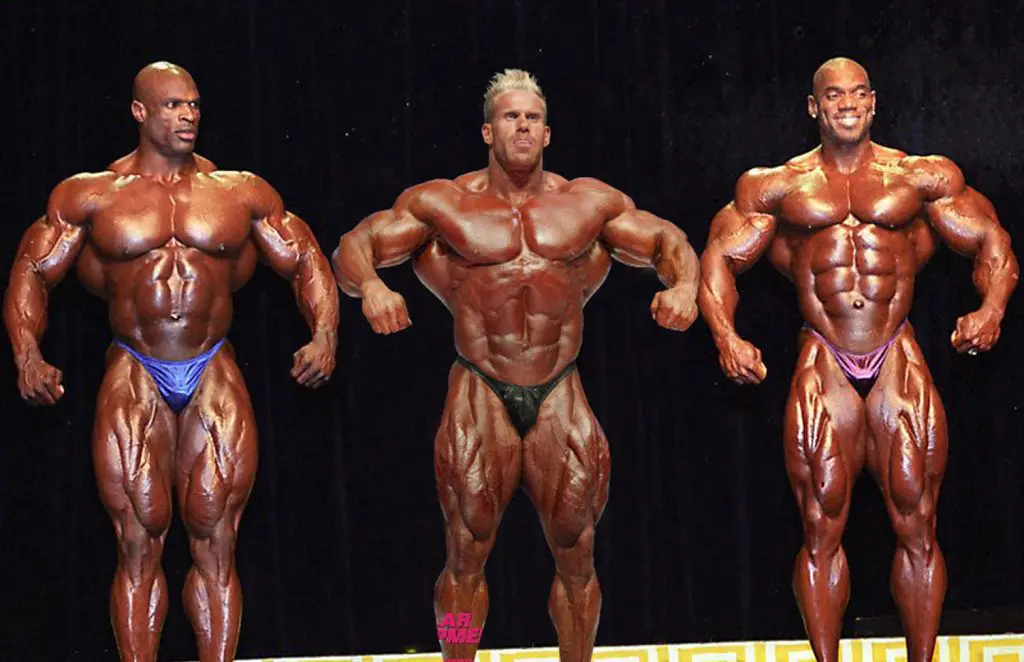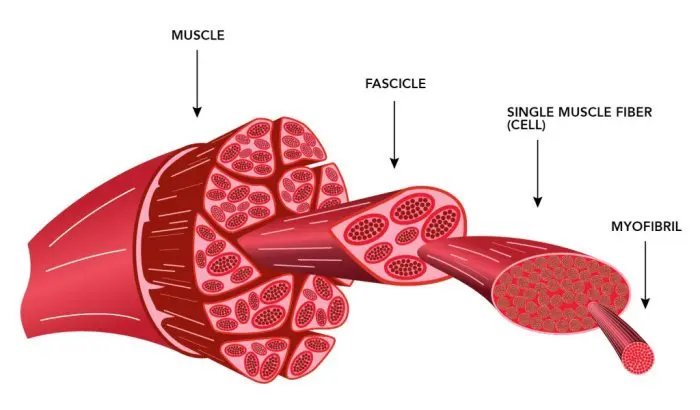I’ve written extensively on the methods that are optimal for building muscle. From sarcoplasmic hypertrophy, the ideal number of reps to grow muscle mass, or the best training frequency to use for optimal mass gains, I’ve covered a lot of what it is that you need to do to get those muscles bigger. What about getting those muscles harder? This involves myofibrillar hypertrophy, and that is achieved by an entirely different method of training, and one that I have incorporated with great success when used with constant tension training.
The difference between sarcoplasmic hypertrophy and myofibrillar hypertrophy is often visible to the naked eye, in a manner of speaking that is. You know those great big guys you see in the gym that don’t lift great big weights? Or conversely, that smaller guy you see who pounds out reps with just as much weight as the big guy but is literally half his size?
Of course, genetics, bone length, tendon strength and a host of other factors come into play, but a large part of the answer lies in the type of muscle growth that the two have achieved.

The biggest guys, including professional bodybuilders, often train largely for sarcoplasmic hypertrophy, whereas the smaller guys with more functional strength usually train for myofibrillar hypertrophy. Not necessarily on purpose, but because each of these individuals adheres to the rep range that will best allow them to achieve their goals. In the case of the bodybuilder, the standard 8 to 12 repetitions per set is the most often prescribed regimen, and the athlete looking to build muscle strength would train most often in the lower rep range.
Now don’t misunderstand where I’m going with this. I undertook myofibrillar hypertrophy training in conjunction with sarcoplasmic hypertrophy and used both methods with constant tension training to reap the largest benefit. Just because the most mass can be gained with one method does not mean that the other method should be ignored as is so often the case. As a muscle grows stronger and more dense, it becomes larger, so if building muscle is the goal, both methods need to be employed.
Level Up Your Fitness: Join our 💪 strong community in Fitness Volt Newsletter. Get daily inspiration, expert-backed workouts, nutrition tips, the latest in strength sports, and the support you need to reach your goals. Subscribe for free!


Repetitions in the 1-5 rep range, using 85 to 100% of our 1 rep max, also have the added benefit of training the nervous system. This benefit is often an overlooked component of building a training program. Some of the many benefits of training the nervous system are an increased neural drive to the muscle, increased synchronization of motor units, increased activation of the contractile apparatus, and decreased inhibition by the protective mechanisms of the muscle (golgi tendon organ). These training methods also hypertrophy the pure fast twitch fibers – the high-threshold, Type IIB fibers. Incorporating these training methods into your routine at the right time will undoubtedly improve your muscle’s ability to generate more force and contract maximally during any lift.
What does this all mean for someone who is trying to build more muscle mass?
The stronger your muscles become, the increased neural drive and the ability to generate more force will all add up to denser muscles and the ability to build even more sarcoplasmic volume, thereby increasing the size of your muscle by both methods and doing so most effectively. If your goal is to get big and hard, then using all of the available tools just makes sense, doesn’t it?
Happy Lifting!








